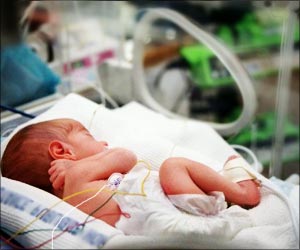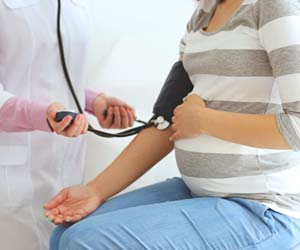Induction of labor can elevate risk of cesarean section and other complications, a recent research has revealed.

Induction of labor is common and increasing over time in many countries. A large proportion of women are induced for "social" and other "non-recognized" reasons.
Led by Rosalie Grivell, BSc, BMBS, FRANZCOG, of the University of Adelaide's Robinson Institute, researchers performed a cohort study utilizing a dataset of 28,626 women with spontaneous onset of labor, induction of labor for recognized indications, and induction of labor for non-recognized indications.
Induction of labor for non-recognized indications was associated with a 67% increased relative risk of cesarean section (compared with spontaneous labor).
It also significantly increased the chance of the infant requiring Neonatal Intensive Care Unit nursery care (an increased relative risk of 64%) or treatment (an increased relative risk of 44%) when compared with the spontaneous labor onset.
Overall, for the best maternal health outcomes, the lowest risk of requiring epidural or spinal analgesia occurred with birth at or after 41 weeks' gestation, while the lowest risk of sustaining a severe perineal tear was associated with delivery after 37 weeks' gestation, and labor complications were at a minimum beyond 38 weeks' gestation. This indicates that the lowest risk of adverse maternal and infant outcomes occurred with birth between 38 and 39 weeks and with the spontaneous onset of labor.
Advertisement
Advertisement












